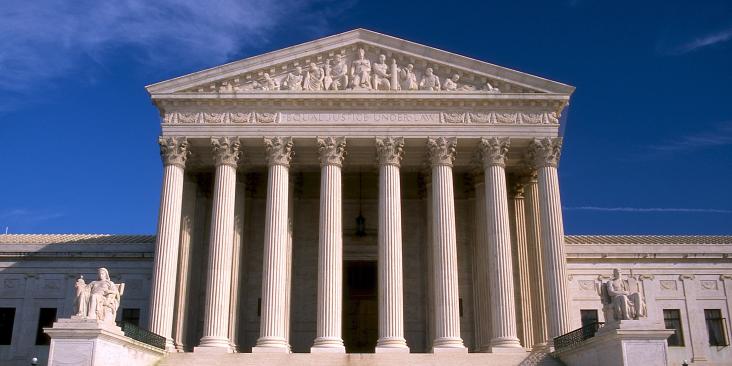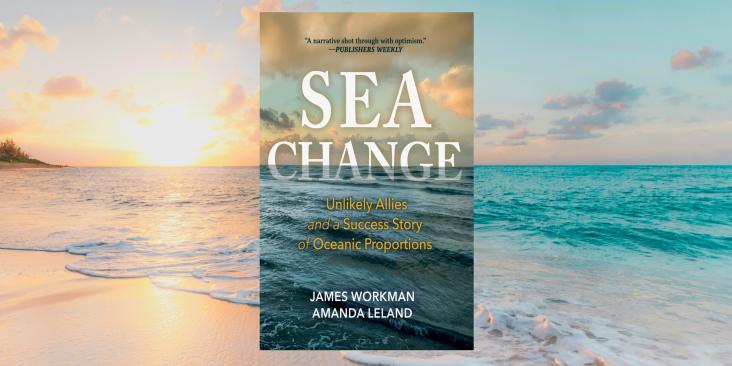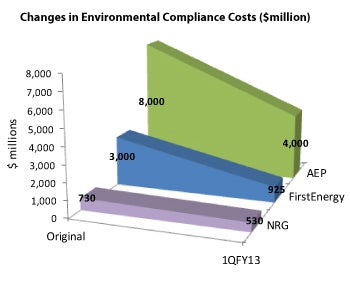By now, you’ve probably seen lots of news headlines talking about the proposed updated Tier 3 standards.
Tier 3 is the shorthand term for national vehicle emissions and fuel standards that will help us make big strides towards cleaner, healthier air. They are designed to reduce the soot, smog and other types of dangerous pollution that come from the tailpipes of our cars and trucks.
The U.S. Environmental Protection Agency (EPA) just announced the proposed standards to enthusiastic responses from everyone from health advocates to automakers (including EDF, of course).
What exactly are the Tier 3 standards, and why are they so important? Here are answers to some common questions:
What’s the story behind the Tier 3 standards?
Cars and trucks are one of the biggest sources of air pollution in America. For years, EPA has been looking for ways to reduce the pollution associated with those motor vehicles.
In 2000, they created standards that would attack the air pollution problem at two of its sources at the same time – by reducing impurities in gasoline, so what you put into your car is cleaner, and by improving cars’ emission systems, so what comes out of your car is cleaner.
They called these standards Tier 2.
Now, EPA is proposing to update the standards. The new, improved version – called Tier 3 – will keep the proven approach of treating vehicles and fuels as an integrated system.
Starting in 2017, the new proposal would strengthen the earlier standards in order to reduce the pollutants from both gasoline and auto emissions standards in the most cost-efficient ways possible.
The proposed Tier 3 standards are also designed to work in harmony with America’ new clean car standards, which will improve fleet-wide fuel efficiency in new cars to 54.5 miles per gallon by the year 2025, and with California’s state standards, which are already stricter than the national average.
How exactly would the Tier 3 standards work?
Cars and light trucks are the second largest emitters of oxides of nitrogen and volatile organic compounds in the U.S. Those are the primary pollutants that form ozone.
According to EPA, the proposed Tier 3 standards would slash the level of those pollutants by 80 percent.
The proposed Tier 3 standards would also establish a 70 percent tighter particulate matter standard. Particulate matter, more commonly known as soot, is one of the most dangerous types of air pollution. It has been linked to asthma attacks, bronchitis, heart attacks and other types of heart and lung diseases.
The proposed Tier 3 standards would reduce other noxious types of air pollution as well, including carbon monoxide, benzene and butadiene. They would reduce fuel vapor emissions to near zero.
At the same time, the proposed Tier 3 standards would reduce the amount of sulfur in gasoline by more than 60 percent, to no more than 10 parts per million of sulfur on an annual average basis by 2017.
Lower sulfur levels in gasoline will allow vehicles to run more efficiently.
It also means we’ll see immediate benefits once the proposed standards go into effect in the year 2017. That’s because older cars that are already on our roads will emit less tailpipe pollution –right away — thanks to the cleaner gasoline. (The cleaner emissions systems will be built into new cars, and we’ll see those additional benefits emerge more gradually as Americans buy those cars to replace their old ones).
What are the benefits of Tier 3?
Tier 3 would be good for public health and for the economy
By the year 2030, EPA estimates that Tier 3 would:
- Prevent up to 2,400 premature deaths every year
- Prevent 3,200 hospital admissions and asthma-related emergency room visits every year
- Prevent tens of thousands of cases of respiratory illnesses in children every year
EPA also estimates that by 2030, Tier 3 would prevent 1.8 million lost school or work days each year, and would provide total health-related benefits worth up to $23 billion per year.
How much will Tier 3 cost?
We can reduce tailpipe pollution and provide healthier, longer lives for millions of Americans for less than a penny per gallon of gas.
How will America’s gasoline standard compare to other countries?
The proposed Tier 3 standards for sulfur levels in gasoline are similar to levels that are already required – and being achieved – in Europe, Japan, South Korea, and several other countries (as well as California, here in the U.S.).
Do businesses support Tier 3?
Many businesses do support updating the standards, including automakers and the emissions control industry.
Tier 3 would provide greater regulatory certainty for automakers; a national standard means the auto industry can build a car that can be sold anywhere in the country.
On the day the proposed standards were announced, Michael Stanton, president and CEO of the Association of Global Automakers said:
We have been anxiously awaiting this rulemaking because it is good for the environment and will help harmonize the federal and California programs for both vehicles and fuel … With 15 million new vehicle sales a year, automakers need predictable national fuel quality at the retail pump. Ultra-low sulfur gasoline is already available in California, Europe, and Japan and will enable automakers to use a broader range of technologies to meet the significant environmental challenges facing the industry.
Gloria Bergquist, Spokeswoman for Alliance of Automobile Manufacturers said:
This is a big step forward for this country to catch up to the clean fuels available in other industrialized nations. Automakers have already reduced vehicle emissions by 99 percent, and we’re working to go further while also delivering high quality, affordable vehicles to our customers.
And the United Auto Workers said:
This is one of the most cost-effective ways for us to get cleaner and healthier air while strengthening our domestic auto sector and creating thousands of new jobs … The proposed rule is a win for our economy and a win for public health.
Who else supports Tier 3?
Even before EPA unveiled its proposal, state and local officials, national recreation groups, health groups and the public – as well as the automakers and the emissions control industry — all announced their support for updating the standards.
EPA has compiled a list of what all those supporters are saying. It’s a very long list. You can read it here.
What happens next?
EPA will hold two public hearings about the proposed Tier 3 standards, the first on April 24th in Philadelphia and the second on April 29th in Chicago.
EDF will be sending experts to testify at both those hearings, and we’ll report back from them. EPA will also begin accepting public comments soon.
Where can I learn more?
Check out EPA’s website. And check back here for updates.










